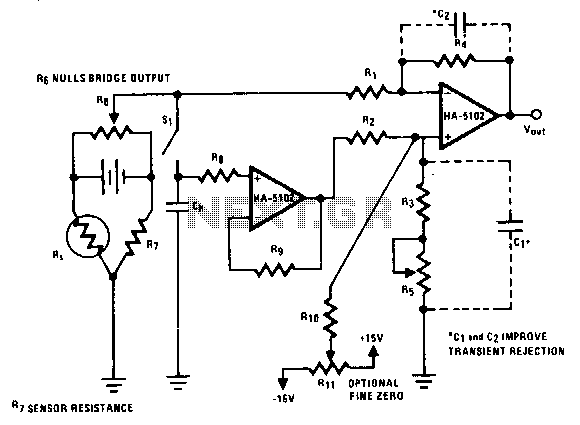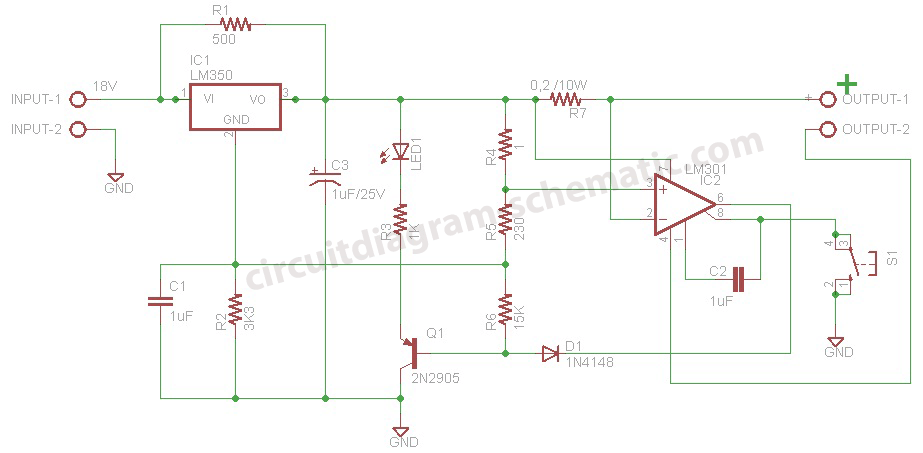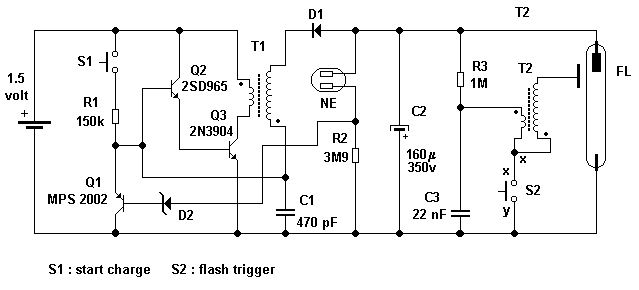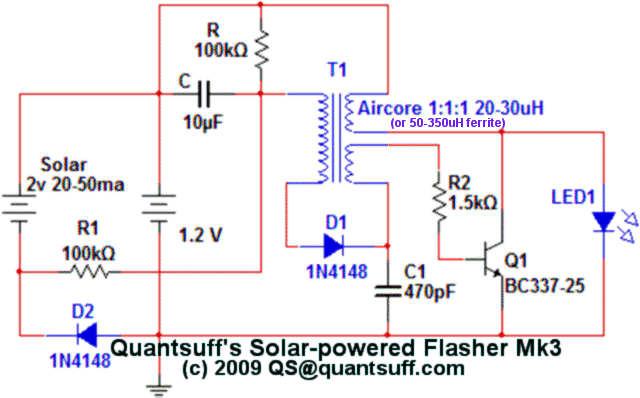
Auto Flash Alarm - Staircase_Control
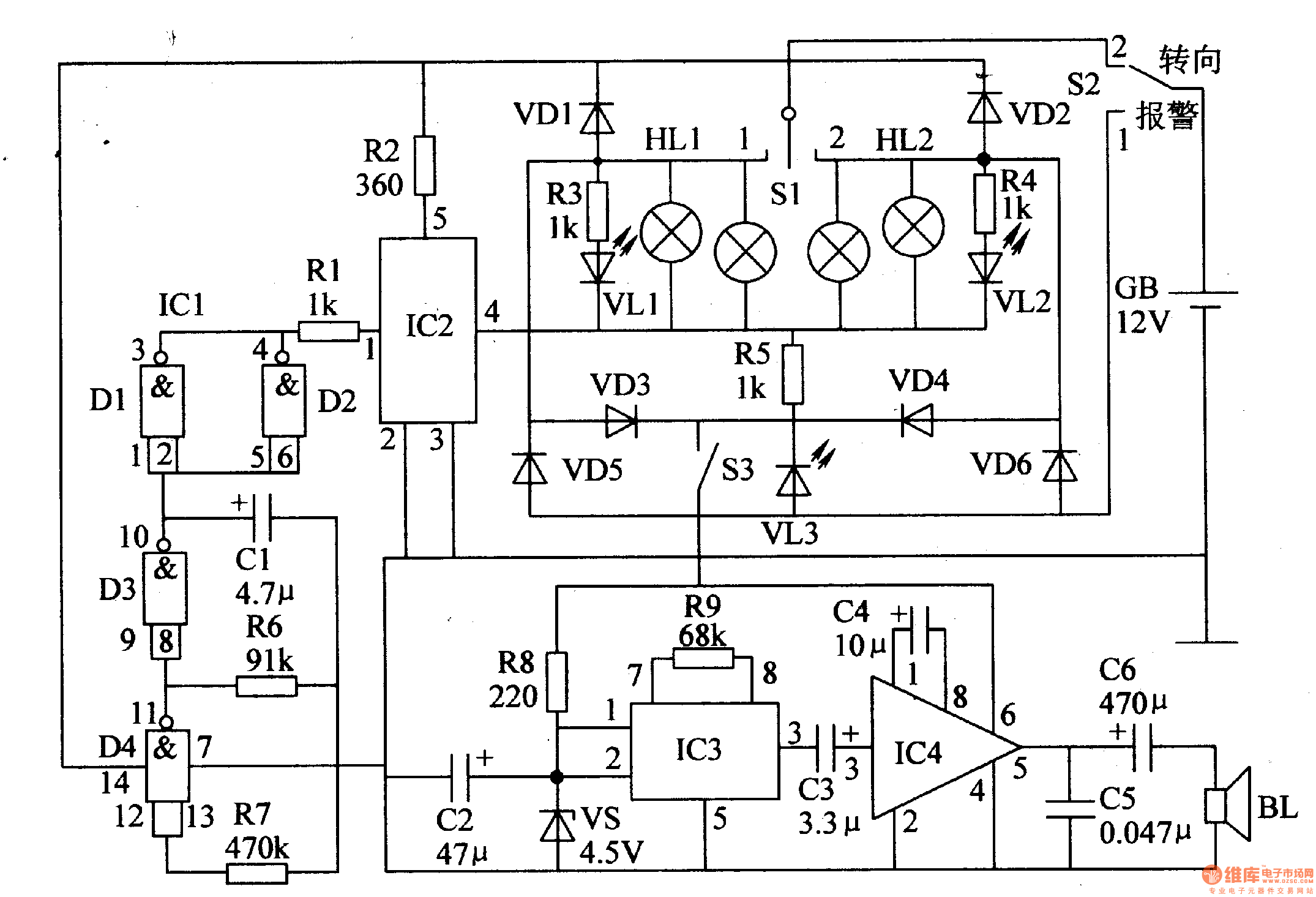
The circuit comprises a low-frequency oscillator, an electronic switch circuit, a control circuit, a photoelectric display circuit, and a music alarm circuit. The low-frequency oscillator is constructed using an integrated circuit (IC) with internal NAND gates and external resistor-capacitor (RC) components.
The low-frequency oscillator functions as the primary timing element of the circuit, generating periodic signals that are essential for the operation of the subsequent stages. This oscillator typically utilizes a combination of NAND gates, which are configured to create a stable oscillation frequency determined by the values of the external RC components. The frequency can be adjusted by varying the resistance or capacitance in the circuit, allowing for flexibility in the oscillator's performance.
The electronic switch circuit is designed to control the flow of current based on the signals received from the low-frequency oscillator. This switch may utilize transistors or relays to activate or deactivate various components in the circuit, effectively acting as a control mechanism that responds to the oscillator's output.
The control circuit is responsible for managing the overall operation of the circuit, ensuring that the various components work in harmony. It may include logic gates, microcontrollers, or other digital components to process inputs and generate appropriate control signals for the electronic switch and other parts of the circuit.
The photoelectric display circuit serves as a visual output mechanism, converting electrical signals into light signals. This circuit may employ light-emitting diodes (LEDs) or other light sources to indicate the status of the circuit or to provide feedback based on the operation of the other components.
Finally, the music alarm circuit is integrated to produce sound alerts based on specific conditions or triggers within the circuit. This may involve the use of sound-generating ICs or piezoelectric speakers, which can emit tones or melodies when activated by the control circuit.
Overall, the described circuit integrates multiple functionalities, including timing, control, visual indication, and audio alerts, making it a versatile solution for various applications.Work of the circuit The circuit consists of low-frequency oscillator, the electronic switch circuit, control circuit, photoelectric display circuit and music alarm circuit. (It is showed in picture 7-113.) Low-frequency oscillator consists of IC lCl (Dl-D4) internal NAND gate circuit D3, D4 and external RC components.
Control circuit consists.. 🔗 External reference
The low-frequency oscillator functions as the primary timing element of the circuit, generating periodic signals that are essential for the operation of the subsequent stages. This oscillator typically utilizes a combination of NAND gates, which are configured to create a stable oscillation frequency determined by the values of the external RC components. The frequency can be adjusted by varying the resistance or capacitance in the circuit, allowing for flexibility in the oscillator's performance.
The electronic switch circuit is designed to control the flow of current based on the signals received from the low-frequency oscillator. This switch may utilize transistors or relays to activate or deactivate various components in the circuit, effectively acting as a control mechanism that responds to the oscillator's output.
The control circuit is responsible for managing the overall operation of the circuit, ensuring that the various components work in harmony. It may include logic gates, microcontrollers, or other digital components to process inputs and generate appropriate control signals for the electronic switch and other parts of the circuit.
The photoelectric display circuit serves as a visual output mechanism, converting electrical signals into light signals. This circuit may employ light-emitting diodes (LEDs) or other light sources to indicate the status of the circuit or to provide feedback based on the operation of the other components.
Finally, the music alarm circuit is integrated to produce sound alerts based on specific conditions or triggers within the circuit. This may involve the use of sound-generating ICs or piezoelectric speakers, which can emit tones or melodies when activated by the control circuit.
Overall, the described circuit integrates multiple functionalities, including timing, control, visual indication, and audio alerts, making it a versatile solution for various applications.Work of the circuit The circuit consists of low-frequency oscillator, the electronic switch circuit, control circuit, photoelectric display circuit and music alarm circuit. (It is showed in picture 7-113.) Low-frequency oscillator consists of IC lCl (Dl-D4) internal NAND gate circuit D3, D4 and external RC components.
Control circuit consists.. 🔗 External reference

